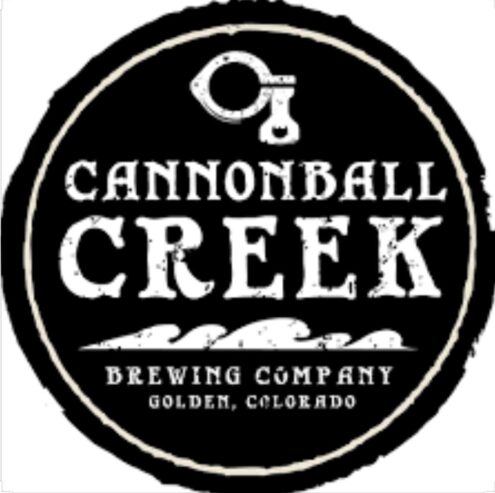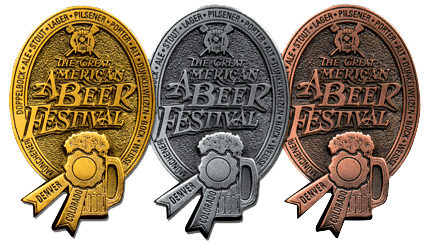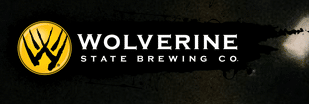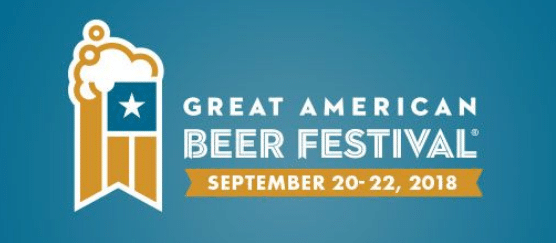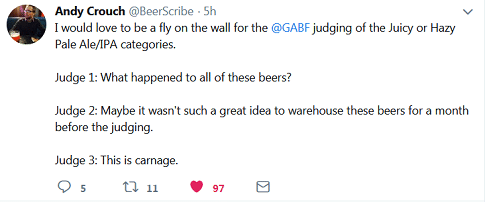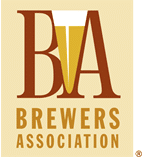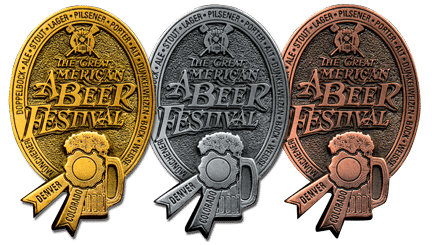
The awarding of the medals happened in Denver yesterday at The Great American Beer Festival in a production better paced and funnier than the Emmy’s, the Brewers Association live streamed their awards for 2018. It took an “unpacking” team three + weeks to sort the 8,864 entries from 2,404 breweries so that medal worthy beers could be tabbed.
So let’s dive into the statistics and see how our corner of the beer world fared competitively.:
Bronze
Smog City Kumquat Saison
Enegren Brewing Nighthawk Dark Lager
Trustworthy Brewing (formerly Verdugo West) Bear Temper Barleywine
Silver
Pocock It’s My Island Irish Stout
Bravery Brewing The Shroud Imperial Stout
6th & La Brea Skag Scotch Ale
Gold
Beachwood Blendery Funk Yeah!
Considering how many breweries we now have, that is a decent-ish showing. Orange County (especially Green Cheek) got called on stage more, as did San Diego naturally. With San Diego edging out our OC cousins barely but both in double digits. From here on in, it would be good to see our own mark of ten
One of my favorite breweries, Firestone Walker got two medals in kind of weird ways. They won silver in the brand new Collaboration category for their work with BarrelWorks on Pixie Dusted tangerine sour. And they won for Feral Brut, a beer not being released until next week.
Figueroa Mountain picked up a trio of wins on the day as well bringing their eight-year total to 23!
Favorite Beer Names:
Germophile Berliner Weisse from Rowley Farmhouse
Liquid AC Summer Ale from Karl Strauss
Other notes:
Two babies got the Papazian fist bump.
Winning Juicy/Hazy Beers were primarily from the south and Mid-West
One of the winners from Texas had. Beto Election Beer shirts on.
Loved that the Chuckanut Brewery has sub-named it’s two locations, North Nut and South Nut
